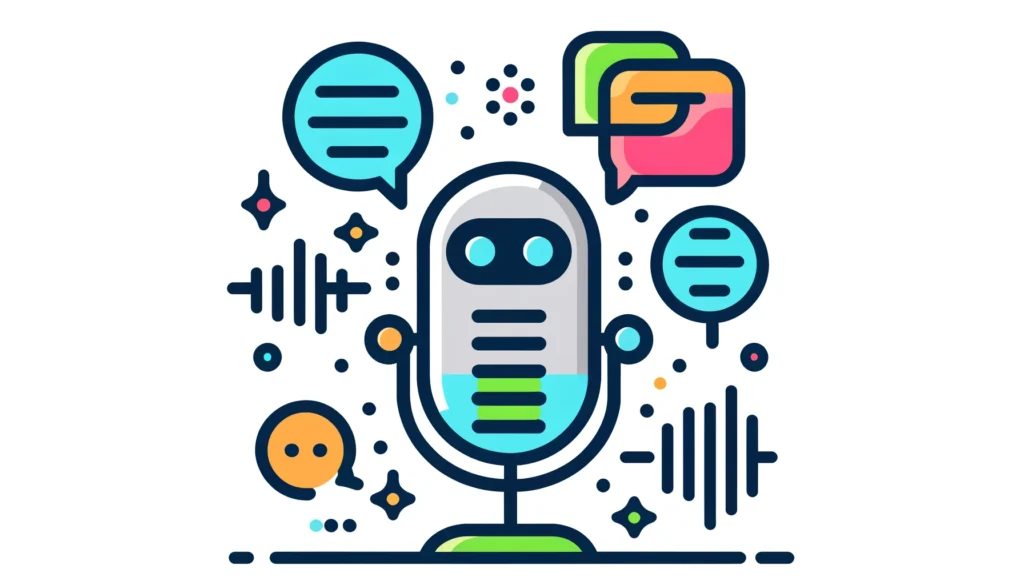
Harnessing AI: Unlocking Insights from Social Media Data
In today’s digital age, social media platforms generate a vast amount of data every second. This data holds valuable insights for businesses, researchers, and marketers. Using Artificial Intelligence (AI) to analyze social media data can reveal trends, sentiments, and user behaviors that are essential for strategic decision-making. This guide will explore how to effectively use AI to analyze social media data, providing a step-by-step approach to unlock its potential.
Understanding Social Media Data
Types of Social Media Data
Social media data can be broadly categorized into:
- Text Data: Posts, comments, tweets, and captions.
- Image Data: Photos and memes shared on platforms like Instagram and Pinterest.
- Video Data: Content from platforms like YouTube and TikTok.
- Metadata: Information about the content, such as timestamps, geolocations, and user profiles.
The Role of AI in Social Media Analysis
AI and machine learning algorithms can process and analyze large volumes of data quickly and accurately. They are capable of recognizing patterns, trends, and sentiments that would be difficult for humans to detect manually.
Key Benefits of Using AI:
- Scalability: Analyzing massive datasets efficiently.
- Accuracy: Reducing human error in data analysis.
- Real-Time Analysis: Providing insights as data is generated.
Steps to Analyze Social Media Data Using AI
1. Data Collection
Collecting data is the first step in the analysis process. Various tools and APIs can be used to gather data from different social media platforms.
Popular Tools:
- Tweepy: For accessing Twitter data.
- Facebook Graph API: For Facebook data.
- Instagram Graph API: For Instagram data.
Example:

import tweepy
# Authenticate to Twitter
auth = tweepy.OAuthHandler("API_KEY", "API_SECRET_KEY")
auth.set_access_token("ACCESS_TOKEN", "ACCESS_TOKEN_SECRET")
# Create API object
api = tweepy.API(auth)
# Collect tweets
tweets = api.search(q="AI in social media", lang="en", count=100)
for tweet in tweets:
print(tweet.text)
2. Data Preprocessing
Once data is collected, it needs to be cleaned and preprocessed. This involves removing duplicates, handling missing values, and transforming data into a usable format.
Common Steps:
- Tokenization: Splitting text into individual words or tokens.
- Normalization: Converting text to lowercase and removing punctuation.
- Removing Stop Words: Eliminating common words that don’t add much meaning (e.g., “and”, “the”).
Example:

from nltk.corpus import stopwords
from nltk.tokenize import word_tokenize
# Sample text
text = "AI is transforming social media analysis!"
# Tokenize and remove stop words
tokens = word_tokenize(text.lower())
filtered_tokens = [word for word in tokens if word.isalnum() and word not in stopwords.words('english')]
print(filtered_tokens)
3. Sentiment Analysis
Sentiment analysis involves determining the emotional tone behind a series of words, used to gain an understanding of the attitudes, opinions, and emotions expressed in the text.
Tools for Sentiment Analysis:
- VADER: A rule-based sentiment analysis tool.
- TextBlob: A simple library for processing textual data.
Example:

from textblob import TextBlob
# Analyzing sentiment
analysis = TextBlob("AI is amazing for social media analysis!")
print(analysis.sentiment)
4. Topic Modeling
Topic modeling identifies the main topics present in a collection of documents. This is useful for understanding the key themes in social media conversations.
Popular Algorithms:
- Latent Dirichlet Allocation (LDA)
- Non-Negative Matrix Factorization (NMF)
Example:

from sklearn.decomposition import LatentDirichletAllocation
from sklearn.feature_extraction.text import CountVectorizer
# Sample data
texts = ["AI is transforming social media analysis!", "Machine learning models analyze data efficiently."]
# Vectorize text
vectorizer = CountVectorizer()
data_vectorized = vectorizer.fit_transform(texts)
# Fit LDA model
lda_model = LatentDirichletAllocation(n_components=2, random_state=42)
lda_model.fit(data_vectorized)
print(lda_model.components_)
5. Image and Video Analysis
AI also plays a crucial role in analyzing image and video data. Techniques like image recognition and video analysis help identify objects, people, and even sentiments within visual content.
Tools and Frameworks:
- OpenCV: For computer vision tasks.
- TensorFlow: For deep learning models.
- Google Cloud Vision: For image analysis.
Example:

import cv2
# Load an image
image = cv2.imread('image.jpg')
# Convert to grayscale
gray_image = cv2.cvtColor(image, cv2.COLOR_BGR2GRAY)
# Display the image
cv2.imshow('Grayscale Image', gray_image)
cv2.waitKey(0)
cv2.destroyAllWindows()
Real-World Applications of AI in Social Media Analysis
Marketing and Advertising
AI helps businesses understand customer preferences and behavior, allowing for targeted marketing and personalized advertising.
Example: Brands use AI to analyze customer feedback on social media and adjust their marketing strategies accordingly.
Customer Service
AI-driven chatbots and sentiment analysis tools improve customer service by providing quick responses and identifying customer sentiments.
Example: Companies like Hootsuite and Sprinklr use AI to manage social media interactions and improve customer satisfaction.
Trend Analysis
AI can identify emerging trends and topics on social media, helping businesses and researchers stay ahead of the curve.
Example: Tools like Brandwatch and Crimson Hexagon use AI to analyze social media trends and provide actionable insights.
Challenges and Considerations
Data Privacy
Ensuring the privacy and security of social media data is crucial. Companies must comply with regulations like GDPR to protect user data.
Algorithm Bias
AI algorithms can sometimes exhibit bias, leading to inaccurate analysis. It’s important to regularly review and update models to ensure fairness and accuracy.
Conclusion
Using AI to analyze social media data offers powerful insights that can drive strategic decisions and improve business outcomes. From sentiment analysis to trend detection, AI tools provide a comprehensive understanding of social media dynamics. As technology continues to evolve, the integration of AI in social media analysis will become even more sophisticated, offering new opportunities for innovation and growth.